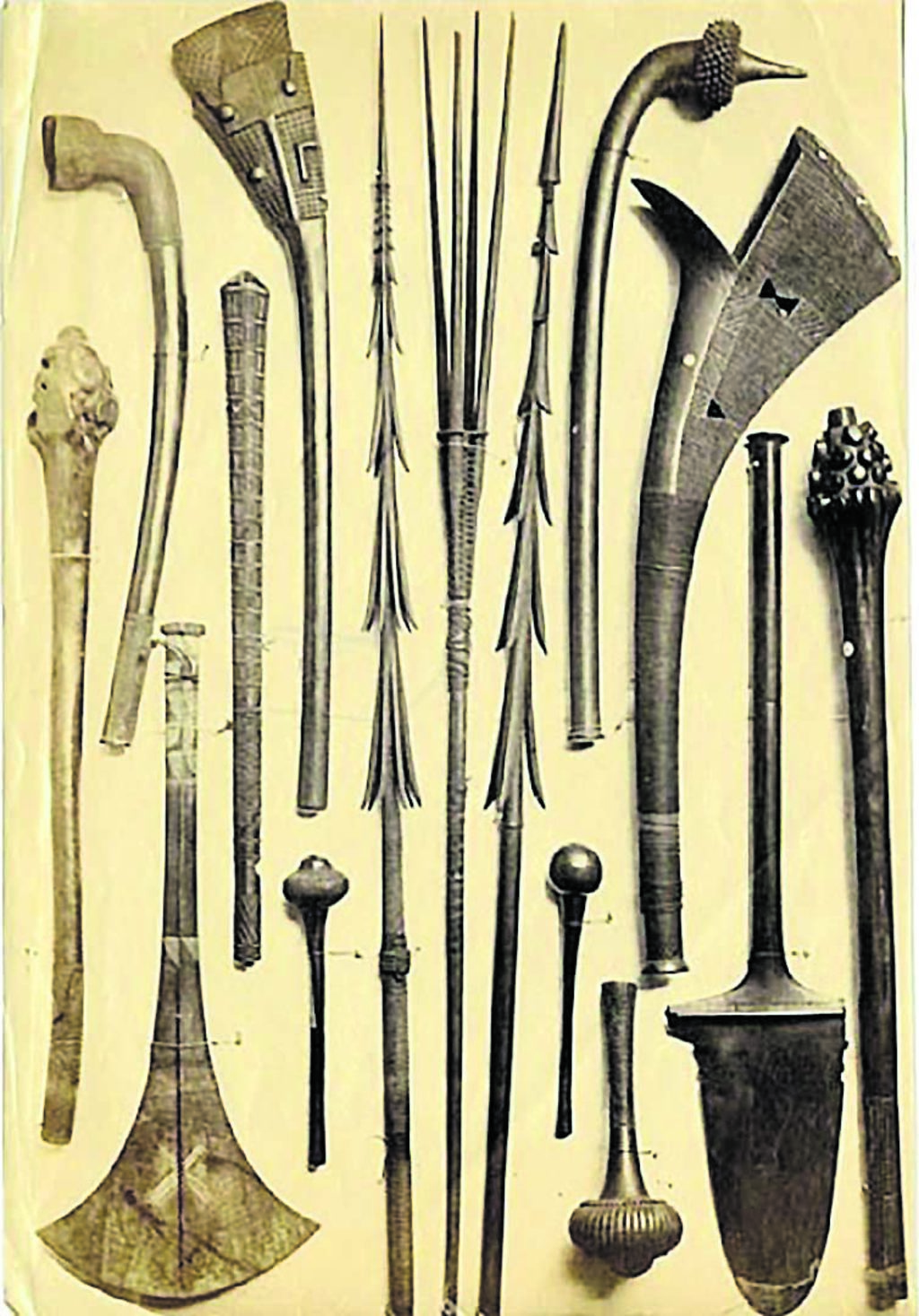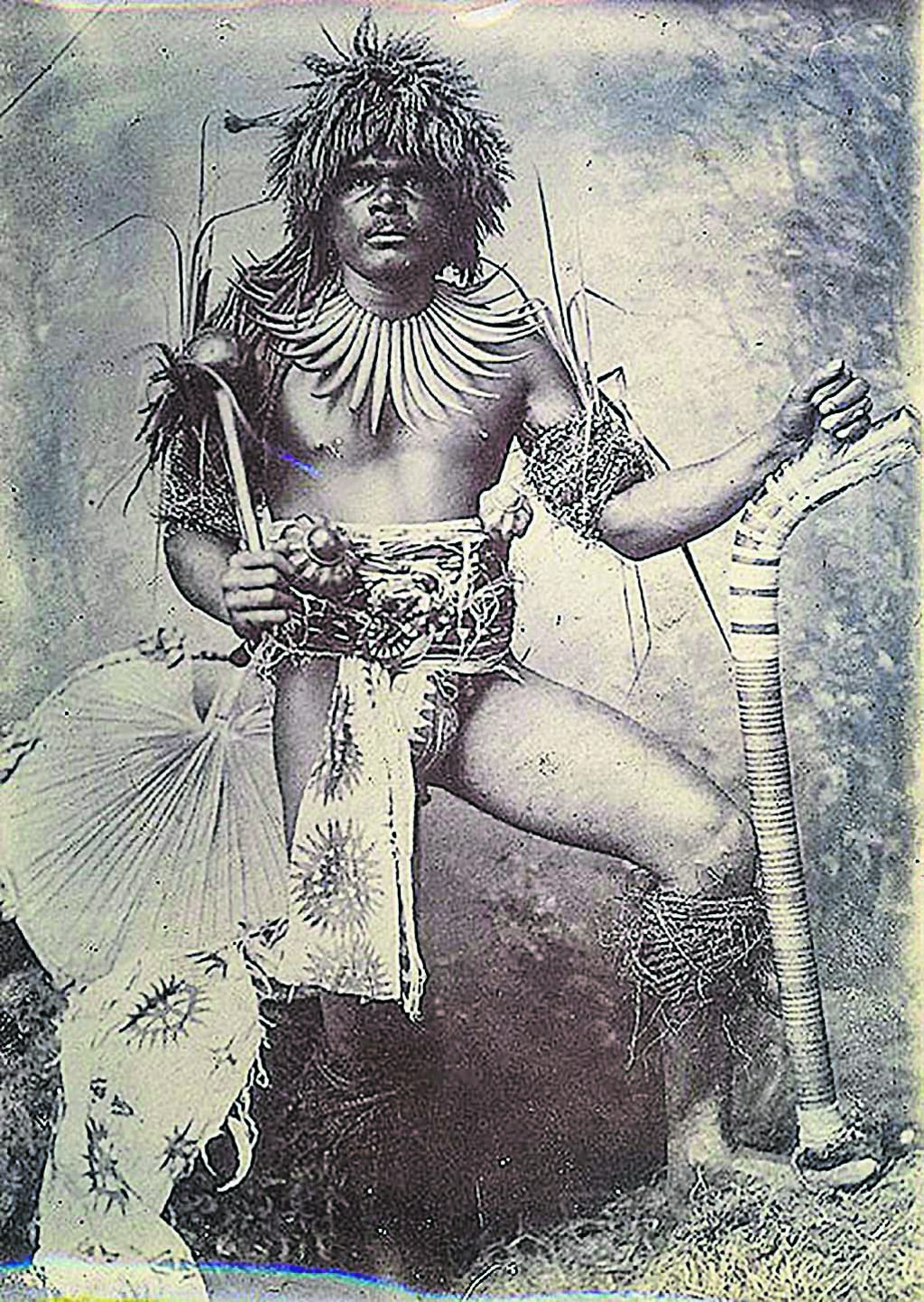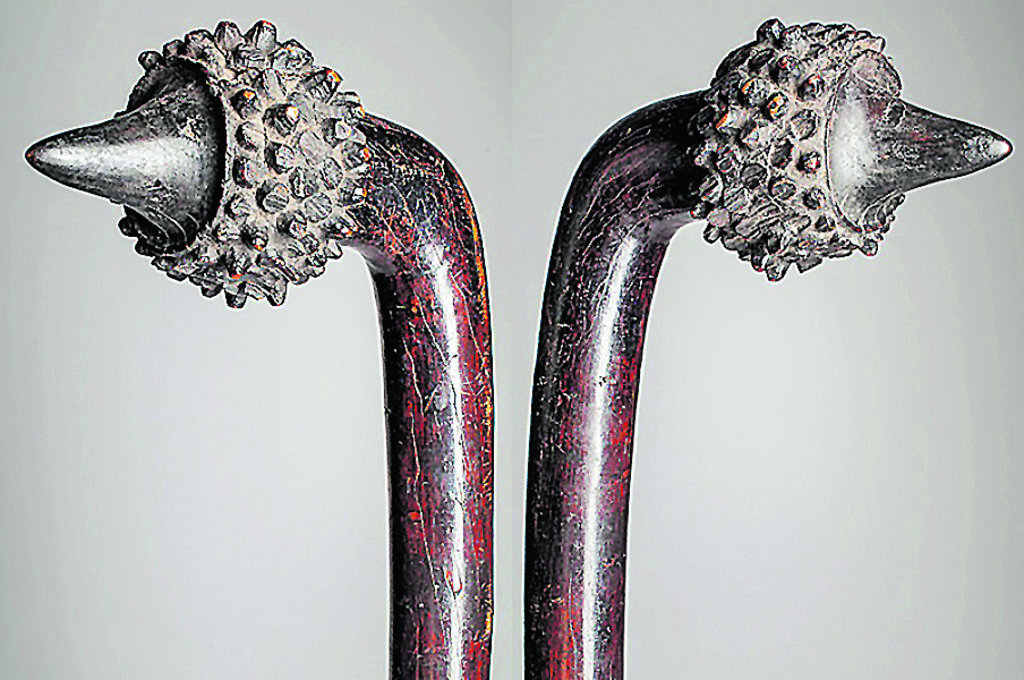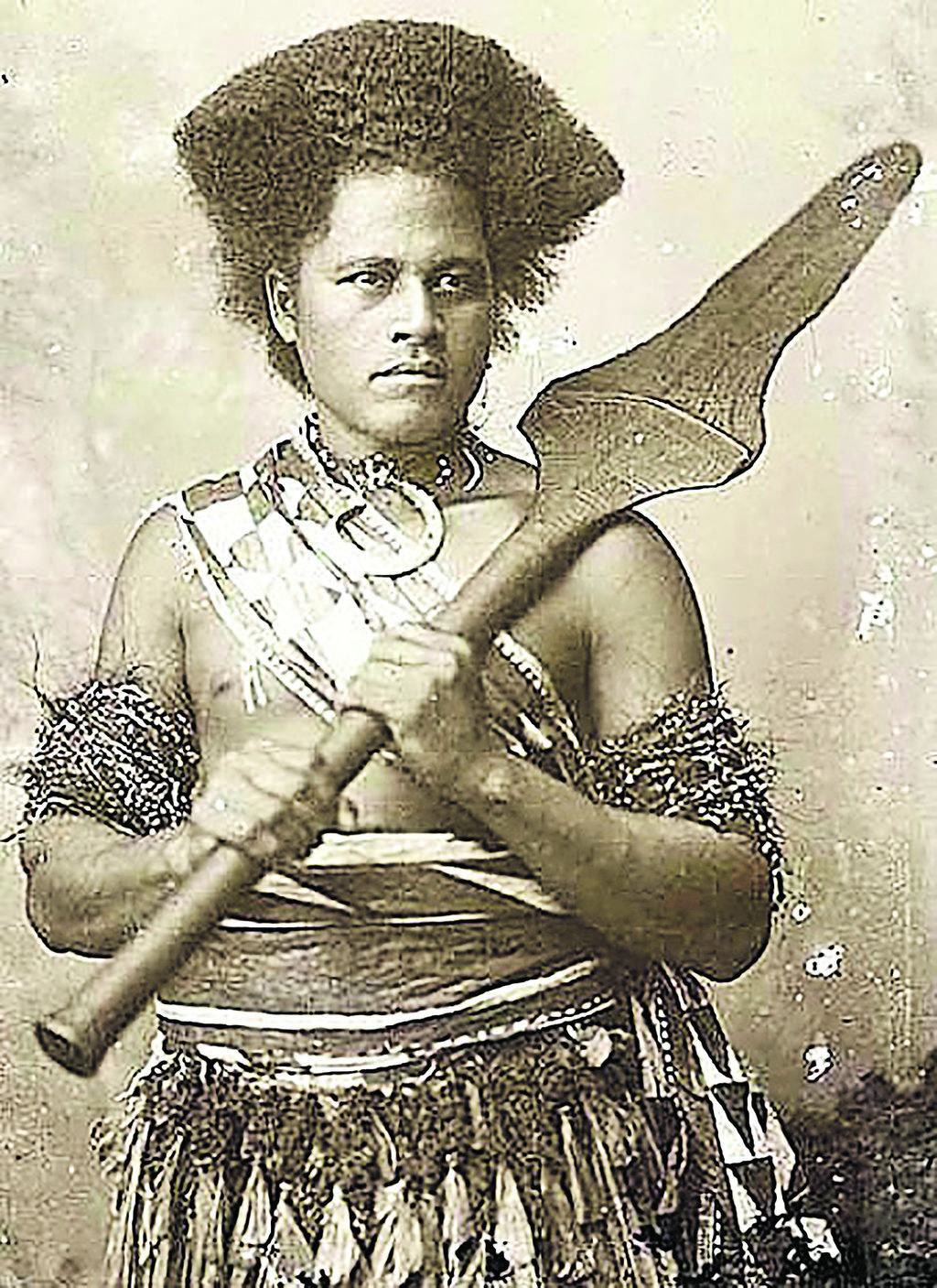In the olden days, the nature of warfare was important to the people of Fiji.
It was used to safeguard life, for ceremonial purposes, defend villages and to ward off powerful enemies.
Published in The Fiji Times on Saturday, May 10, 1997, warfare was described an important part of Fijian history as it maintained the various power alliances and gave unity to a kingdom.
It prepared the young boys for manhood just by their participation, and were therefore highly desired.
It was a also a time where the infanticide of girls were common.
The cruelties of warfare showed no remorse for sex, age or situation of the person. Young children, pregnant women, elderly people and warriors were singled out for the bokola (the dead body of any enemy who was about to eaten) ceremonies.
Children practised the arts of warfare on other children captured from battles.
Ratu Seru Cakobau, the feared warlord of Bau, gave his children some unfortunate infants captured from the War of Verata in 1866 for practice.
And clubs were some of the important weapons used in Fijian warfare. They were not only used in war but also in peace times and in sacred ceremonies.
The bowai, which very much resembled a baseball club, was considered a striker in that its main objective was to deliver a smashing blow downwards, and the functions at all times was to kill.
The sali had a dual purpose as a penetrator of the skull and a striker – a combination which made it lethal when used by a skilled warrior. The bladed cheeks of the club were designed to cut through and snap the bone, rather than smash it. This club originated from the Nadroga and Navosa areas.
The i tuki was a battle hammer which shattered the skull with a heavy blow. Vunikau and vaka, names were derived from the trees and roots from which the clubs were made. The object of this club was to do maximum damage to the victim.
The main aim of the tu donu, as well as the tu donu ni gata, gata waka and viavia gata was to bring a person down.
The throwing club is a delicately balanced weapon which, if used skilfully, could fly spinning headfirst towards the enemy, inflicting a double blow from both the butt and the head of the club.
The i ula was a throwing club made of hardwood and designed to kill. Others in this category were the ai kobo for precision throwing, ai ula kitu (the head being similar to a water pot) and the driva (club made of a single piece of wood).
The throwing club was considered a personal weapon. It was usually worn on a warrior’s hip and did not hinder his movement due to its relatively compact size.
There were also clubs used to prod, stab and cut the victims. These were designed weapons that were used for combat manoeuvre. Apart from its use as a combat weapon, the club was used ceremonially.
The ai wau ni meke or kiakavo had a dual purpose of being used in dances and for fighting.
The ququ or qugu was used by certain Viti Levu hill tribes in the Naga religion. It was used for initiation rituals. Archaeological finds of stone enclosures in certain parts of Viti Levu support evidence of this religion’s existence.
Certain clubs were used by chiefs in rituals, such as the ai wau ni veiqaravi vakaturaga, these were painted and adorned with feathers.
Sacred clubs were revered, especially those which had killed certain people. The number of kills taken by a warrior were recorded on the shaft of the club and this was marked by the inlaying of teeth (usually the victim’s).
Such clubs were often considered as sacred objects and located in spirit’s shrines.
Clubs that had made kills could also personify a shrine, boat and deity.
Innovations and designs came by way of Lau, through the Tongans and the Samoans. They brought in clubs that resembled paddles and spades. They were generally referred to as ka vakatoga (things from Tonga).
The kinikini is a very broad club, shaped like a shield and tends to be more ornamental. It was carried by chiefs and high priests only.
Towards the end of the 18th century, samples of clubs show Maori designs and other patterns that were introduced by foreign sailors through the Whaling industry.
Also, around this time, firearms were introduced into Fiji, and it increased casualties on the battlefields.
The totokia and gadi were known as clubs of high status. The more mana (power) a club acquired supposedly through the number of kills it made, the more revered it became.
The matai (traditional carvers) knew the potential of each tree and the strength that could be obtained from its wood. Often young trees were specially cultivated and nurtured to provide the correct shape of wood for a weapon.
Every club was then skilfully made for its own particular intended use.
The war clubs were not always used as a combative weapon, but also as peaceful weapons.
The different traditional Fijian clubs used as weapons during wars and in ceremonies in peace times. Picture: kingsword

A Fijian warrior armed with a i ula on his right hand and a i wau. Picture: kingsword

The heads of the totokia clubs. Picture: kingsword

